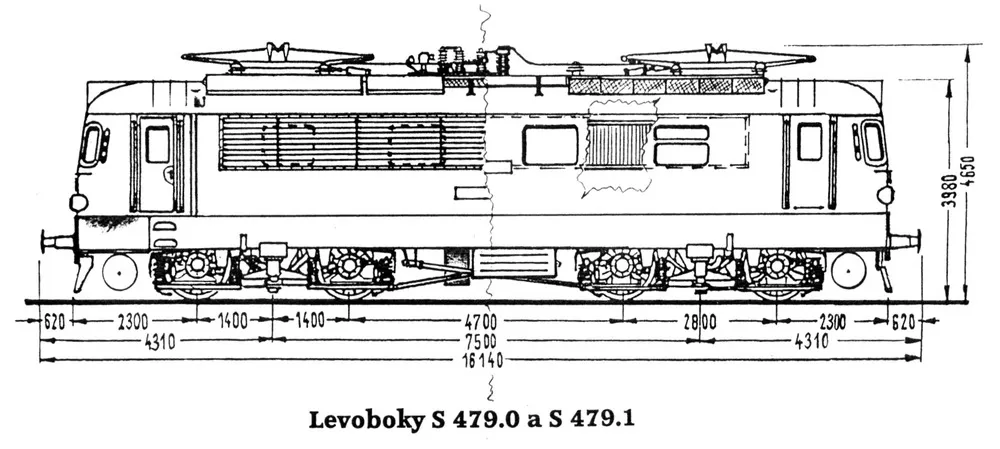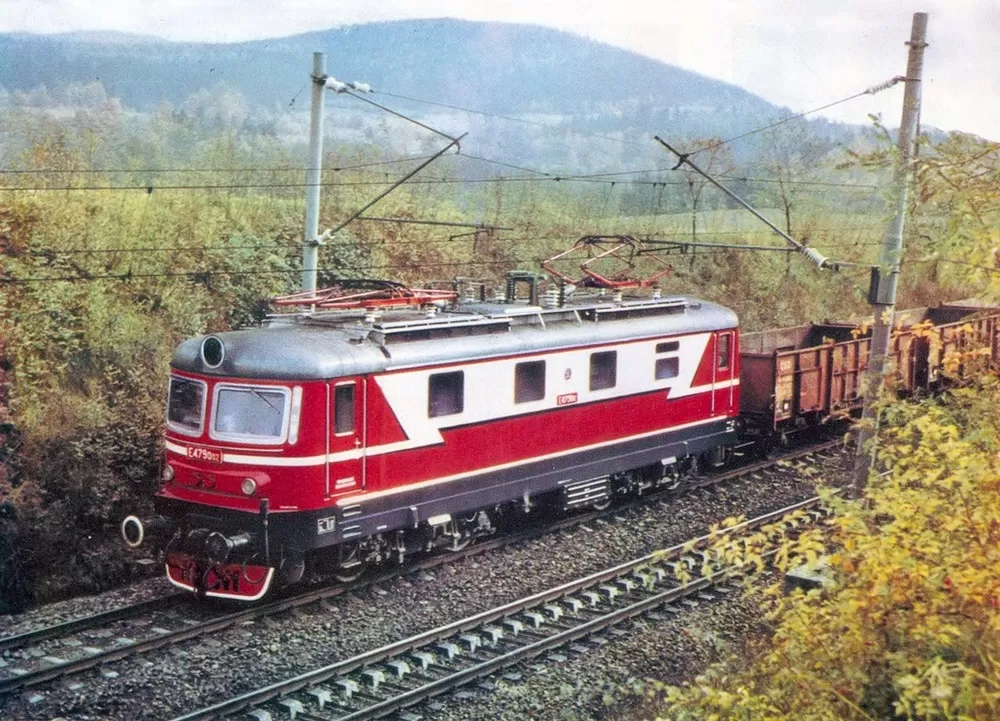
Source: trainpix.org
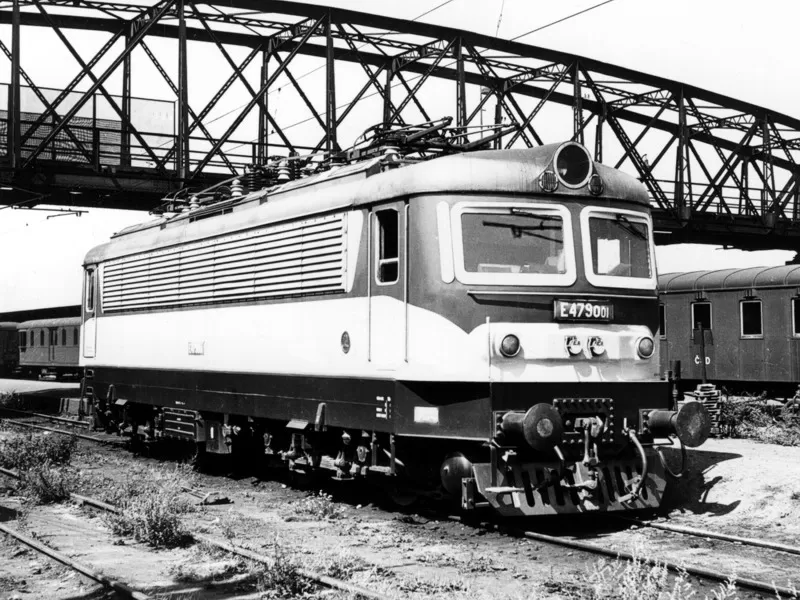
Source: Karel Vendler - prototypy.cz
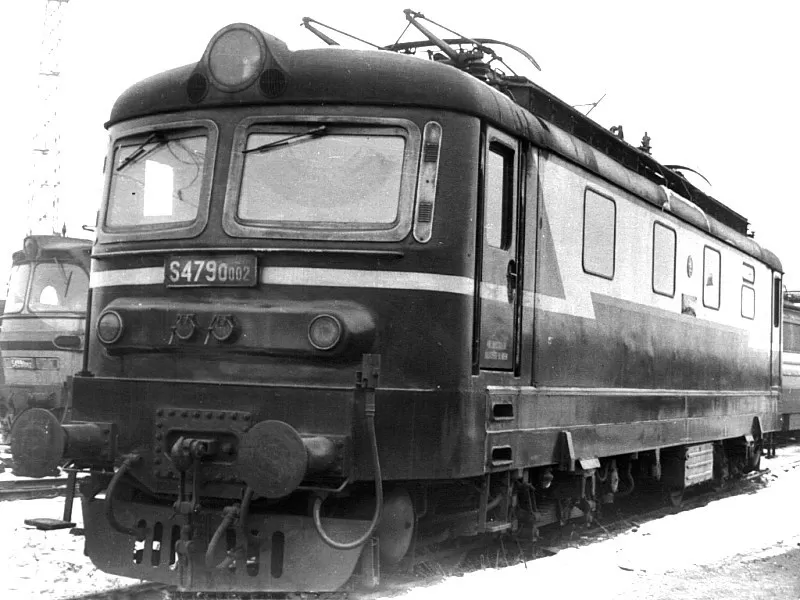
Source: Josef Motyčka - prototypy.cz
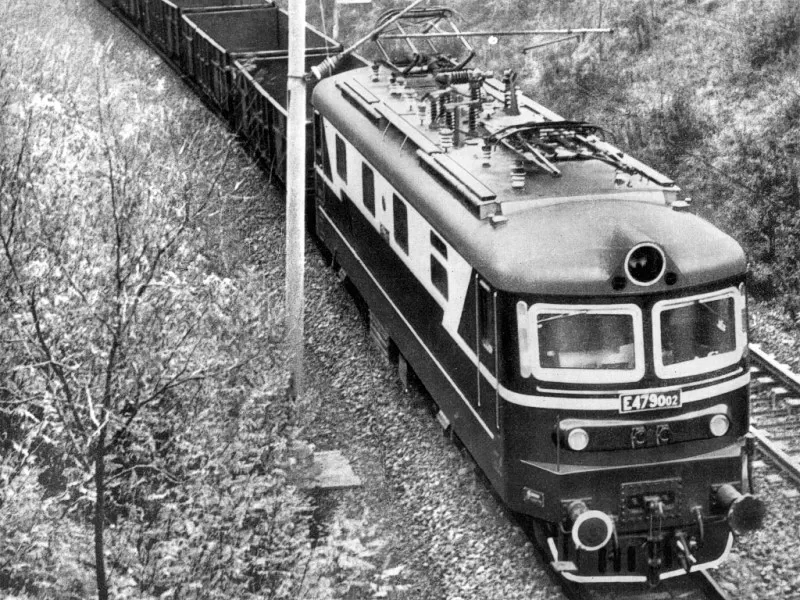
Source: Martin Třískala - prototypy.cz
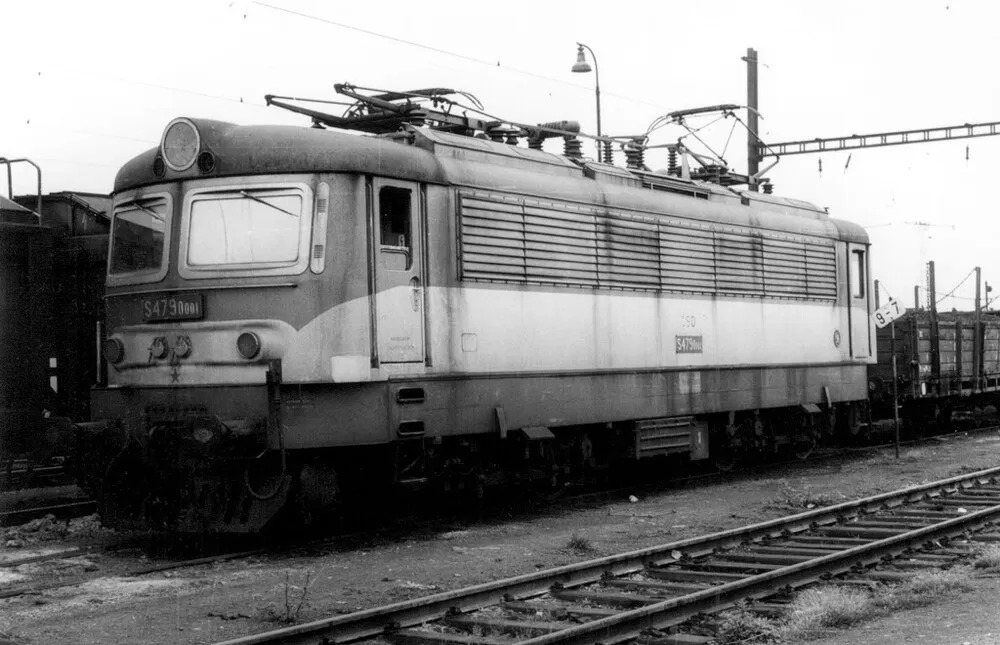
Source: Jiří Caska - prototypy.cz
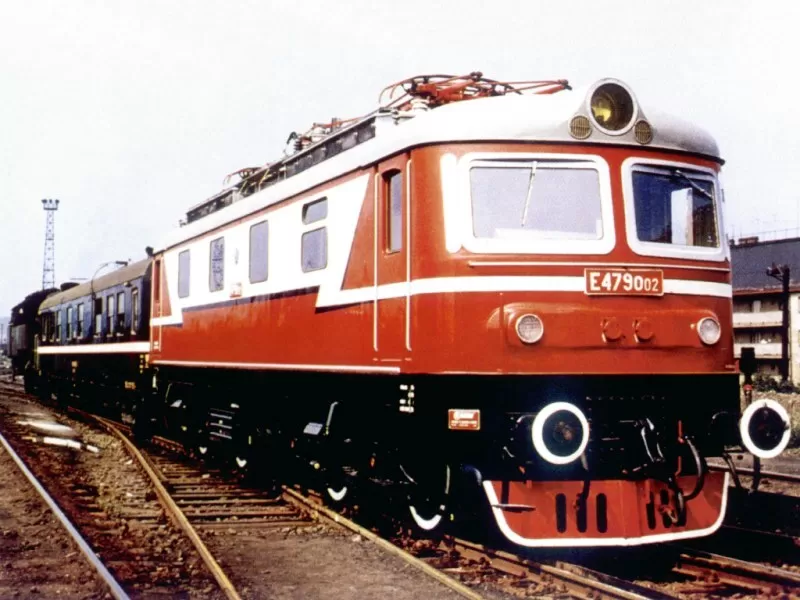
Source: Roman Skopal - prototypy.cz
Also known as:
Vehicle type:
Registration country:
Railway companies:
1959
April 8
Alternating current electrification is cheaper to install (the higher voltages allows for fewer electric sub-stations with smaller and easier to maintain equipment) and more powerful locomotives can be used.
On the other hand, the technology used for the locomotives to allow transporting and converting high voltage alternating current from the power grid to low voltage direct current to be used by traction motors is more complex. This conversion is performed inside the locomotive using rectifiers, either mercury rectifiers (ignitron or excitron type) or rectifiers with high power semiconductors (silicon diodes or thyristors).
The Škoda plant develops 4x AC electric locomotives prototypes:
- 2x units with silicon diodes rectifiers registered E479.0;
- 2x units with mercury ignitron rectifiers registered E479.1.
The design and body of the locomotive is largely derived from the E 469.1 and E 499.1 series.
Sources: http://www.prototypy.cz/?rada=S479.0
1961
As initially there are no AC electrified lines in the country, the first trials take place on a test bench at the Škoda factory. As of September 1961, a small section between Koterov and Blovice is electrified with the help of a temporary power station built on a platform truck by Škoda factory technicians and it is used for additional testing with the prototypes being able to self-drive for the first time.
Unit E479.001 is presented to the public on October 18th, 1961.
In the following weeks, both locomotives perform a number of different demonstrations, technical and safety tests, resulting in several modifications that gradually increased their weight to 84 tons.
Sources: http://www.prototypy.cz/?rada=S479.0
1962
April 1
Sources: http://www.prototypy.cz/?rada=S479.0
1962
May
Even before its departure, the reconstruction of the sidewalls is started as a design flaw is discovered in the motors air cooling system allowing rain water to penetrate in the engine room. Instead of the four original windows in the side panel, longitudinal suction boxes are installed allowing for natural suction of cooling air to the engine room and to the traction motors.
Sources: http://www.prototypy.cz/?rada=S479.0
1962
July
At the same time, its weight is increased to 85 tons by modifying the front parts of the locomotive and it receives a new orange, cream and silver-grey paint scheme.
Sources: http://www.prototypy.cz/?rada=S479.0
1963
5x other locomotives take part in Romanian trials:
- 2x BB 12000 locomotives built by Alstom (France);
- 2x Rb 1 prototypes built by ASEA (Sweden);
- 1x prototype built by VEB Lokomotivbau Elektrotechnische Werke "Hans Beimler".
Following this international bidding, the ASEA proposal based on the 2x Rb 1 prototypes is selected and this will give birth to one of the most successful European electric locomotives: the 060-EA series.
1963
September
Subsequently, on September 23rd, 1963, the Czechoslovak State Railways (ČSD) officially take over ownership of unit E479.002 for an agreed price of 4'108'000 CSK. The locomotive appears on Pilsen depot inventory as of October 5th, 1963.
The first prototype, unit E479.001 is also bought by the Czechoslovak State Railways (ČSD) after being refurbished and it is transferred to Pilsen depot as of October 18th, 1963.
Sources: http://www.prototypy.cz/?rada=S479.0
1963
October 9
Unit E479.002 is operated until October 1964, when it is shut down due to a transformer failure.
Sources: http://www.prototypy.cz/?rada=S479.0
1964
September
Sources: http://www.prototypy.cz/?rada=S479.0
1965
1966
January
With the start of deliveries of "laminates" of the S489.0 series for ČSD in the middle of 1966, the operational significance of two prototypes of the E479.0 series (then already redesignated S479.0) greatly decreased. Not only were the prototypes not equipped with a train protection device, but they also suffered from a number of minor defects and their operation was unprofitable.
Sources: http://www.prototypy.cz/?rada=S479.0
1967
Sources: http://www.prototypy.cz/?rada=S479.0
1970
Practically throughout the 1970s, both machines, if they were operational, were used for dispatching services, especially within the Pilsen node.
Sources: http://www.prototypy.cz/?rada=S479.0
1975
June
The repair of the locomotive was not even considered at the time of the surplus of the new machines of the S489.0 series, so it discarded on March 15th, 1977. It has previously served as a source of spare parts for the first prototype.
It is also worth mentioning the fact that of the four locomotives of the S479.0 and S479.1 series, S479.0002 was the only one in which the cabinet was not reconstructed to an "open design", so in 1975 the locomotive arrived with windows in the sidewalls.
Sources: http://www.prototypy.cz/?rada=S479.0
1980
December
Sources: http://www.prototypy.cz/?rada=S479.0
1985
Sources: http://www.prototypy.cz/?rada=S479.0
Do you have additional informations regarding this vehicle?
Help us writing the history of S 479.0! Your knowledge is precious for us and the entire community, do not hesitate to share your facts, photos or videos:
Latest update on the 14th of August 2020 at 21:06
Contributor(s): Tudor C.
Discussion forum


